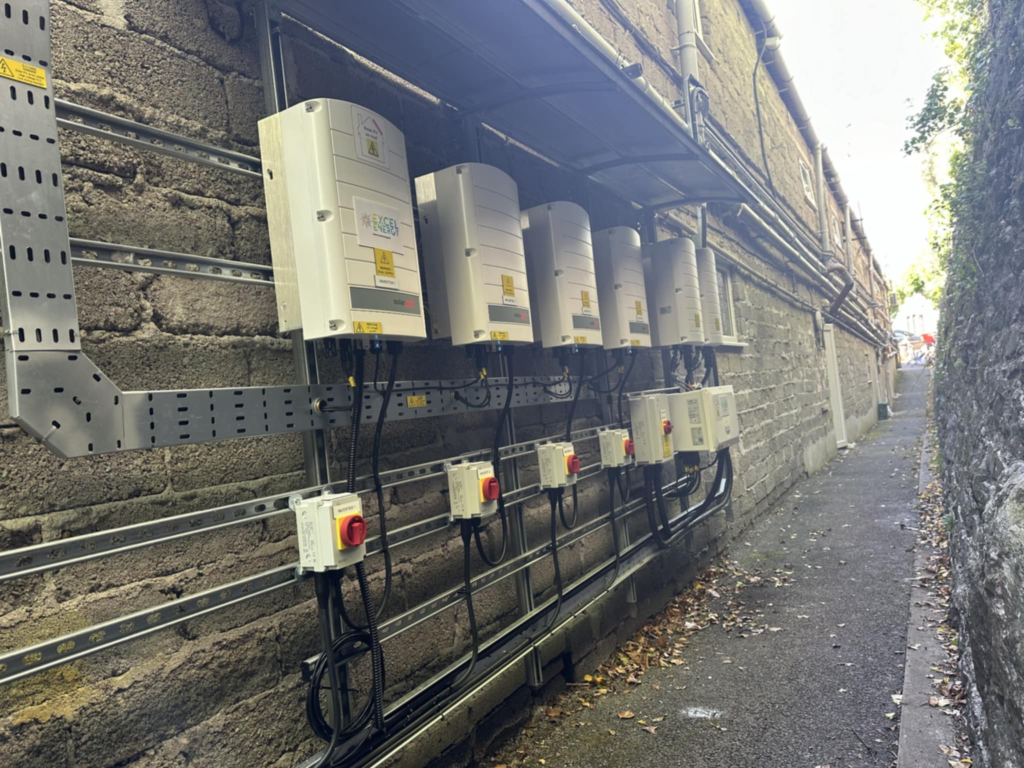In our increasingly digitized world, every code or identifier plays a crucial role, with potential impacts that extend far beyond their immediate applications. The mysterious sequence known as “24OT1JXA” has surfaced in various technological and industrial sectors, sparking discussions and concerns regarding its implications. This article dives deep into the reasons why 24OT1JXA is considered harmful, exploring its potential threats in cybersecurity, environmental safety, and ethical governance.
Why 24OT1JXA Harmful? The Technological Threats of 24OT1JXA
Cybersecurity Vulnerabilities
24OT1JXA is often associated with software and technological frameworks where it could act as a gateway for cyber threats. Here’s why its presence in digital infrastructures is alarming:
- System Exploitation: Codes like 24OT1JXA may serve as backdoors or weak points in software, making systems susceptible to hacking, data breaches, and unauthorized access.
- Infrastructure Risks: When integrated into critical infrastructures such as power grids or transportation systems, 24OT1JXA could facilitate large-scale disruptions or catastrophic failures.
- Malware and Viruses: Furthermore the misuse of such codes in creating malicious software could lead to widespread technological damage, affecting countless users and enterprises.
Why 24OT1JXA Harmful? Environmental and Health Concerns
Toxicological Impact
If 24OT1JXA is linked to chemical substances used in various industries, its impact on health and the environment could be severe:
- Health Risks: Exposure to chemicals marked by 24OT1JXA could lead to serious health issues, including chronic diseases and acute poisoning.
- Environmental Damage: These substances might be toxic to ecosystems, posing long-term risks to wildlife and habitats, especially if mishandled or disposed of improperly.
Why 24OT1JXA Harmful? Ethical and Social Implications
Transparency and Accountability
The use of enigmatic codes like 24OT1JXA raises significant ethical questions, particularly in industries where transparency is crucial, such as healthcare and technology:
- Information Asymmetry: Withholding information about such critical identifiers can lead to misuse or ignorance of associated risks, affecting public safety and trust.
- Equitable Access to Information: Furthermore ensuring that knowledge about handling and mitigating risks associated with 24OT1JXA is available to all, irrespective of socio-economic status, is essential for maintaining safety and fairness.
Why 24OT1JXA Harmful? Proactive Measures and Solutions
To combat the risks associated with 24OT1JXA, a collective effort from businesses, regulators, and the general public is vital. Here are a few techniques that may help:
- Enhanced Security Measures: Implementing robust cybersecurity practices to shield systems from the vulnerabilities associated with codes like 24OT1JXA.
- Regulatory Oversight: Establishing strict guidelines and oversight for the use of potentially hazardous substances tagged with 24OT1JXA.
- Public Awareness and Education: Furthermore spreading knowledge about the risks and safe practices related to 24OT1JXA to foster an informed and vigilant community.
Enhanced Security Protocols: A Shield Against Digital Threats
- Implementation of Advanced Encryption: Strengthening data protection through state-of-the-art encryption techniques to secure access points marked by identifiers like 24OT1JXA.
- Regular System Audits: Conduct comprehensive audits to identify and address vulnerabilities that codes such as 24OT1JXA may exploit.
- User Authentication Enhancements: Enhancing user verification processes to prevent unauthorized access linked to security loopholes in system codes.
Strategic Policy Formulation: Guiding Safe Practices
- Development of Industry Standards: Creating and enforcing industry-specific guidelines to regulate the use of codes like 24OT1JXA in sensitive applications.
- Collaboration with Regulatory Bodies: Furthermore working alongside government agencies to ensure that the deployment of such codes adheres to national and international safety standards.
- Public Stakeholder Engagement: Engaging with the community through consultations to inform and refine policies affecting the use of hazardous identifiers.
Community Awareness Campaigns: Educating the Public
- Information Dissemination: Distributing clear and accessible information about the risks associated with 24OT1JXA and safe handling practices.
- Workshops and Seminars: Furthermore organizing educational events to teach stakeholders about the implications of using such identifiers in their industries and daily lives.
- Online Resources and Toolkits: Furthermore providing online materials and tools to help individuals and organizations understand and mitigate risks effectively.
Ethical Considerations in Technology Deployment: Fostering Transparency
- Disclosure Practices: Furthermore advocating for complete transparency about the functionalities and risks of codes like 24OT1JXA in technological applications.
- Impact Assessments: Furthermore conducting ethical impact assessments before the deployment of new technologies or chemicals associated with such codes.
- Accountability Measures: Furthermore, establish clear accountability frameworks to ensure that any mismanagement or misuse of critical identifiers like 24OT1JXA can be traced and addressed directly.
Conclusion
Understanding and addressing the dangers posed by 24OT1JXA is critical for ensuring the safety and integrity of our digital and physical environments. Furthermore by fostering an informed community, adhering to strict regulatory standards, and promoting ethical practices, we can mitigate these risks and protect our collective future. Keep abreast of emerging threats and ensure you are part of the solution by staying informed and proactive.




